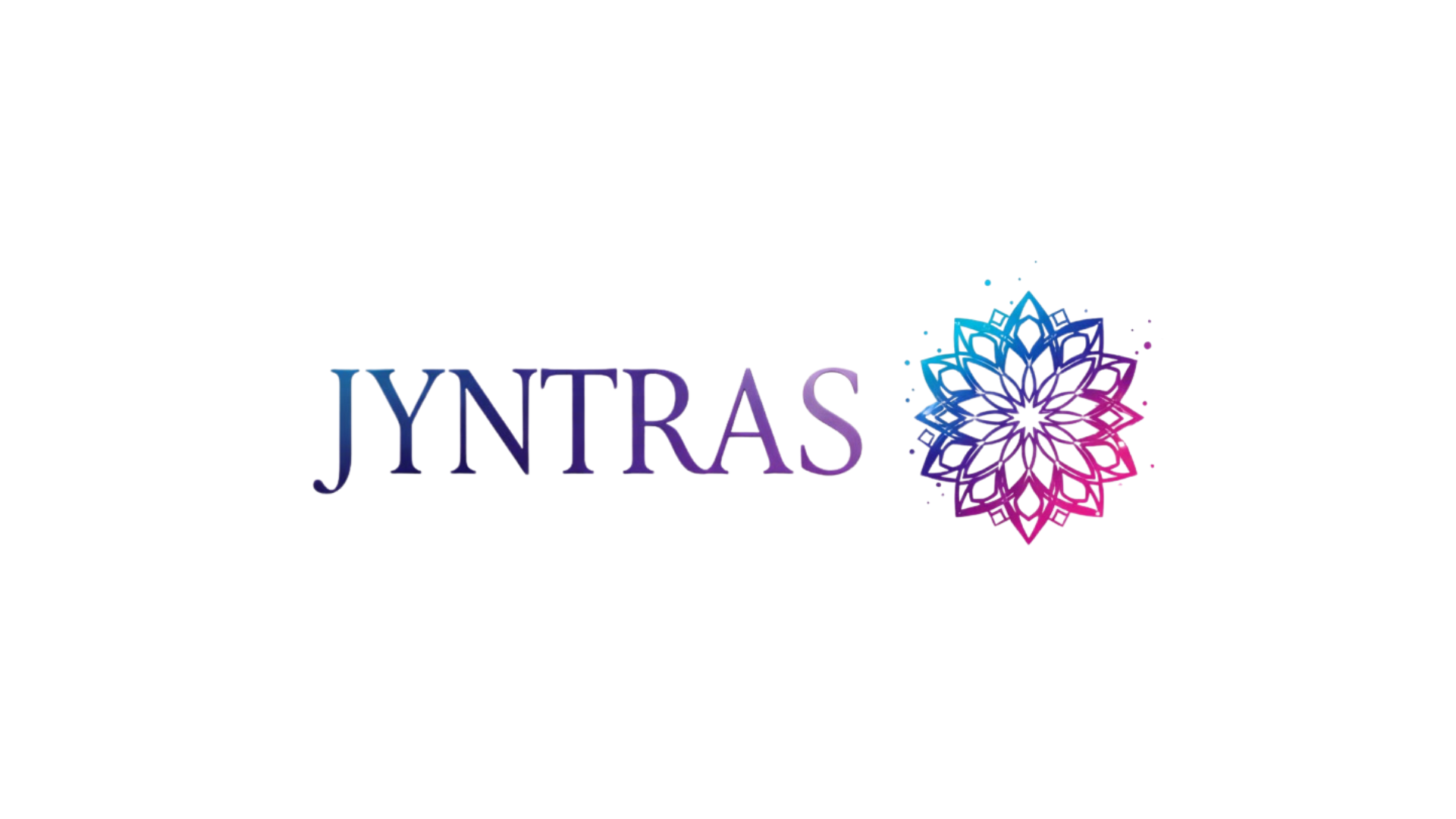Your DNA holds the blueprint to your health, ancestry, and biological potential. Genomic data mapping is revolutionizing how we understand ourselves at the molecular level.
🧬 What Is Genomic Data Mapping and Why It Matters
Genomic data mapping represents one of the most significant scientific breakthroughs of our time. At its core, it involves analyzing and visualizing the complete set of DNA sequences that make up an organism’s genome. For humans, this means decoding approximately three billion base pairs that contain the instructions for building and maintaining our bodies.
The process goes far beyond simply reading genetic sequences. It involves identifying where specific genes are located, understanding how they function, and discovering variations that make each person unique. These variations, called polymorphisms, can influence everything from physical traits like eye color to susceptibility to certain diseases.
What makes genomic mapping so powerful is its ability to reveal hidden patterns in our genetic code. Scientists can now identify genetic markers associated with conditions like heart disease, diabetes, and certain cancers before symptoms ever appear. This predictive capability transforms healthcare from reactive treatment to proactive prevention.
The Journey From Sample to Insights
Understanding how genomic mapping works helps demystify the process. The journey begins with a simple biological sample—typically saliva or blood. This sample contains cells with your complete genetic information packed into 23 pairs of chromosomes.
Laboratory technicians extract DNA from these cells and prepare it for sequencing. Modern sequencing machines read the genetic code by identifying the order of the four chemical bases: adenine (A), thymine (T), guanine (G), and cytosine (C). These machines generate millions of short DNA fragments that computers then reassemble like an incredibly complex puzzle.
The raw data produced is enormous—a single human genome sequence can generate over 100 gigabytes of information. Sophisticated algorithms compare this data against reference genomes, identifying differences and anomalies. Bioinformaticians then annotate these findings, determining which variations are significant and what they might mean for the individual.
From Raw Data to Actionable Information
The transformation of genetic sequences into meaningful insights requires multiple layers of analysis. First, quality control measures ensure the data is accurate and complete. Then, variant calling algorithms identify differences between the individual’s genome and the reference sequence.
These variants undergo interpretation through several databases that catalog known genetic associations. Some variations are benign, representing normal human diversity. Others may indicate increased risk for specific conditions or influence how someone might respond to certain medications.
🔍 Discovering Your Ancestral Origins Through DNA
One of the most fascinating applications of genomic mapping is ancestry analysis. Your DNA contains a detailed record of your family’s geographic journey through history. Companies specializing in consumer genomics can trace these ancestral pathways by comparing your genetic markers with reference populations from around the world.
Ancestry mapping works by identifying segments of DNA inherited from different populations. Because genetic material gets shuffled with each generation, your genome contains pieces from various ancestors. Statistical models estimate what percentage of your DNA comes from specific regions, providing insights into migration patterns and ethnic heritage.
Beyond broad geographic origins, genomic mapping can identify genetic relatives. By comparing DNA segments shared between individuals, algorithms can estimate relationships—from close family members to distant cousins you never knew existed. This has revolutionized genealogical research and helped countless adoptees find biological family members.
Personalized Medicine: Healthcare Tailored to Your Genes
Perhaps the most impactful application of genomic data mapping lies in personalized medicine. Traditional healthcare often relies on one-size-fits-all treatments, but genetic variations mean people respond differently to medications and therapies. Pharmacogenomics studies how genes affect drug response, enabling doctors to prescribe the right medication at the right dose for each patient.
Certain genetic variants affect how quickly your body metabolizes medications. Some people are “rapid metabolizers” who break down drugs too quickly for them to be effective. Others are “poor metabolizers” who may experience severe side effects at standard doses. Genomic mapping identifies these variations before treatment begins.
Cancer treatment has been transformed by genomic insights. Tumor genomic profiling identifies specific mutations driving cancer growth, allowing oncologists to select targeted therapies most likely to be effective. This precision approach often achieves better outcomes with fewer side effects compared to traditional chemotherapy.
Predicting Disease Risk Before Symptoms Appear
Genomic mapping enables risk assessment for numerous conditions with genetic components. While having a risk variant doesn’t guarantee you’ll develop a disease, it provides valuable information for prevention strategies.
For conditions like hereditary breast and ovarian cancer, identifying mutations in BRCA1 or BRCA2 genes allows for enhanced screening protocols or preventive interventions. Similarly, knowing you carry variants associated with elevated cholesterol can motivate lifestyle changes and closer monitoring before cardiovascular problems develop.
Polygenic risk scores aggregate information from multiple genetic variants to estimate disease probability. These scores are becoming increasingly sophisticated, helping identify individuals who would benefit most from preventive measures.
💡 Consumer Genomics: Direct Access to Your DNA
The rise of direct-to-consumer genetic testing has democratized access to genomic information. Companies now offer testing kits that anyone can order online, providing reports on ancestry, health predispositions, and trait predictions from a simple saliva sample.
These services have made genomic data mapping accessible to millions who might never have engaged with genetics otherwise. Users gain insights into carrier status for certain hereditary conditions, wellness factors like caffeine metabolism, and even traits like muscle composition or taste preferences.
However, consumer genomic services have limitations. The testing typically examines only a fraction of your genome—usually focusing on known variants rather than comprehensive sequencing. The health information provided should complement, not replace, consultation with healthcare professionals who can interpret results in the context of your complete medical history.
Privacy Considerations in the Genomic Era
Your genomic data is uniquely personal and permanent. Unlike passwords or credit cards, you cannot change your DNA if it’s compromised. This raises important privacy considerations when sharing genetic information with testing companies or research projects.
Reputable companies implement security measures to protect genetic data, but users should understand how their information might be used. Some companies sell anonymized data to pharmaceutical researchers. Others may share information with law enforcement under certain circumstances. Reading privacy policies carefully before submitting samples is essential.
Genetic discrimination represents another concern. While laws in many countries protect against discrimination based on genetic information in employment and insurance, these protections aren’t universal. Understanding legal protections in your jurisdiction helps make informed decisions about genetic testing.
🔬 Research Applications Advancing Science
Beyond individual applications, genomic data mapping drives scientific discoveries benefiting entire populations. Large-scale genomic studies involving hundreds of thousands of participants are uncovering genetic factors in complex diseases, drug responses, and human biology.
The UK Biobank, All of Us Research Program, and similar initiatives collect genomic data alongside health records and lifestyle information. These resources enable researchers to identify subtle genetic influences that smaller studies would miss, accelerating medical discoveries.
Agricultural genomics uses similar mapping techniques to improve crop yields, develop disease-resistant plants, and create more nutritious food varieties. Environmental scientists apply genomic mapping to understand ecosystems, track endangered species, and monitor biodiversity.
The Technical Infrastructure Behind Genomic Mapping
Modern genomic data mapping relies on impressive technological infrastructure. Next-generation sequencing platforms have dramatically reduced costs while increasing speed and accuracy. What once cost millions and took years now costs hundreds and completes in days.
Cloud computing plays a crucial role in managing and analyzing massive genomic datasets. Artificial intelligence and machine learning algorithms identify patterns humans might miss, predicting protein structures and drug interactions from genetic sequences.
Standardized file formats and databases enable data sharing across institutions. The Genome Aggregation Database (gnomAD) contains genetic information from over 140,000 individuals, helping researchers distinguish rare disease-causing variants from benign differences.
Emerging Technologies Expanding Possibilities
Long-read sequencing technologies are overcoming limitations of earlier methods that could only read short DNA fragments. These platforms sequence thousands of continuous base pairs, better capturing structural variations and complex genomic regions.
Single-cell sequencing reveals how different cells in your body use the same genome differently. This technique is uncovering cellular diversity in organs and identifying rare cell populations driving diseases like cancer.
Epigenomic mapping extends beyond DNA sequences to examine chemical modifications affecting gene expression without changing the underlying genetic code. These epigenetic markers influence development, aging, and disease, adding another layer of information to genomic maps.
📊 Interpreting Your Genomic Data Responsibly
Receiving genomic data can be overwhelming without proper context. Genetic information represents probabilities and predispositions, not certainties. Many factors beyond genetics influence health, including environment, lifestyle, and chance.
Working with genetic counselors helps interpret results accurately. These professionals translate complex genetic information into understandable terms, discuss implications for you and family members, and guide decision-making about medical management or family planning.
It’s important to remember that genomic science is evolving rapidly. A variant classified as uncertain today might be reclassified as pathogenic or benign as knowledge advances. Periodic reanalysis of genetic data can reveal new insights as databases expand and understanding deepens.
Ethical Dimensions of Genomic Knowledge
Access to genomic information raises profound ethical questions. Should parents sequence their children’s genomes to predict future health risks? How should we handle findings unrelated to the original testing purpose? Who owns genetic data generated in clinical or research settings?
The “right not to know” recognizes that some people prefer not learning about genetic predispositions for untreatable conditions. Balancing individual autonomy with potential benefits to family members who might share genetic risks requires careful consideration.
Equitable access to genomic technologies remains challenging. Most genomic research has focused on populations of European descent, limiting accuracy for other ethnic groups. Expanding diversity in genomic databases improves results for everyone while addressing health disparities.
🚀 The Future Landscape of Genomic Mapping
The field of genomic data mapping continues evolving at breakneck speed. Whole genome sequencing may soon become routine in healthcare, with newborns receiving genomic maps at birth to guide lifelong health management.
Integration of genomic data with other biological information—proteomics, metabolomics, microbiome analysis—will provide increasingly comprehensive views of individual biology. These multi-omic approaches promise deeper understanding of health and disease.
Gene editing technologies like CRISPR could eventually allow correction of disease-causing variants identified through genomic mapping. While still largely experimental, therapeutic genome editing represents a potential future where genetic conditions become curable rather than merely manageable.
Artificial intelligence will play an expanding role in genomic interpretation. Machine learning models are already predicting disease risk and drug responses with increasing accuracy. Future AI systems might identify therapeutic targets or design personalized treatments automatically.
Making Genomic Information Work for You
If you’re considering genomic testing, start by clarifying your goals. Are you primarily interested in ancestry, health risks, or both? Different tests serve different purposes, from targeted panel sequencing for specific conditions to comprehensive whole genome sequencing.
Choose reputable providers with transparent policies about data usage and privacy. Accredited laboratories and companies following industry standards ensure reliable results. Professional genetic testing ordered through healthcare providers typically offers more comprehensive analysis than consumer products.
After receiving results, take time to digest the information. Discuss findings with healthcare providers who can integrate genetic insights with your medical history and current health status. Genetic information should inform—not dictate—health decisions.
Consider the implications for family members who share your genetics. Certain findings may be relevant to siblings, parents, or children. Deciding what to share and how requires sensitivity and clear communication.

🌟 Empowering Health Decisions Through Genetic Literacy
Understanding the basics of genomic data mapping empowers you to be an active participant in your healthcare. While the science can seem complex, core concepts are accessible to anyone willing to learn.
Educational resources from genetics organizations, universities, and healthcare institutions help build genetic literacy. Understanding concepts like inheritance patterns, genetic variation, and risk interpretation enables meaningful conversations with healthcare providers.
As genomic mapping becomes more integrated into standard healthcare, being comfortable with genetic concepts will serve you well. The ability to understand and act on genomic information represents a valuable skill in modern medicine.
Your genome contains remarkable information about who you are, where you came from, and potentially where your health is headed. Genomic data mapping unlocks these secrets, transforming abstract genetic code into actionable insights. Whether revealing ancestral origins, guiding medical decisions, or advancing scientific understanding, this powerful technology is reshaping our relationship with the fundamental blueprint of life itself.
Toni Santos is a deep-biology researcher and conscious-evolution writer exploring how genes, microbes and synthetic life inform the future of awareness and adaptation. Through his investigations into bioinformatics, microbiome intelligence and engineered living systems, Toni examines how life itself becomes a field of awakening, design and possibility. Passionate about consciousness in biology and the evolution of living systems, Toni focuses on how life’s architecture invites insight, coherence and transformation. His work highlights the convergence of science, philosophy and emergent life — guiding readers toward a deeper encounter with their living world. Blending genetics, systems biology and evolutionary philosophy, Toni writes about the future of living systems — helping readers understand how life evolves through awareness, integration and design. His work is a tribute to: The intertwining of biology, consciousness and evolution The emergence of microbial intelligence within and around us The vision of life as designed, adaptive and self-aware Whether you are a scientist, thinker or evolving being, Toni Santos invites you to explore the biology of tomorrow — one gene, one microbe, one awakening at a time.



